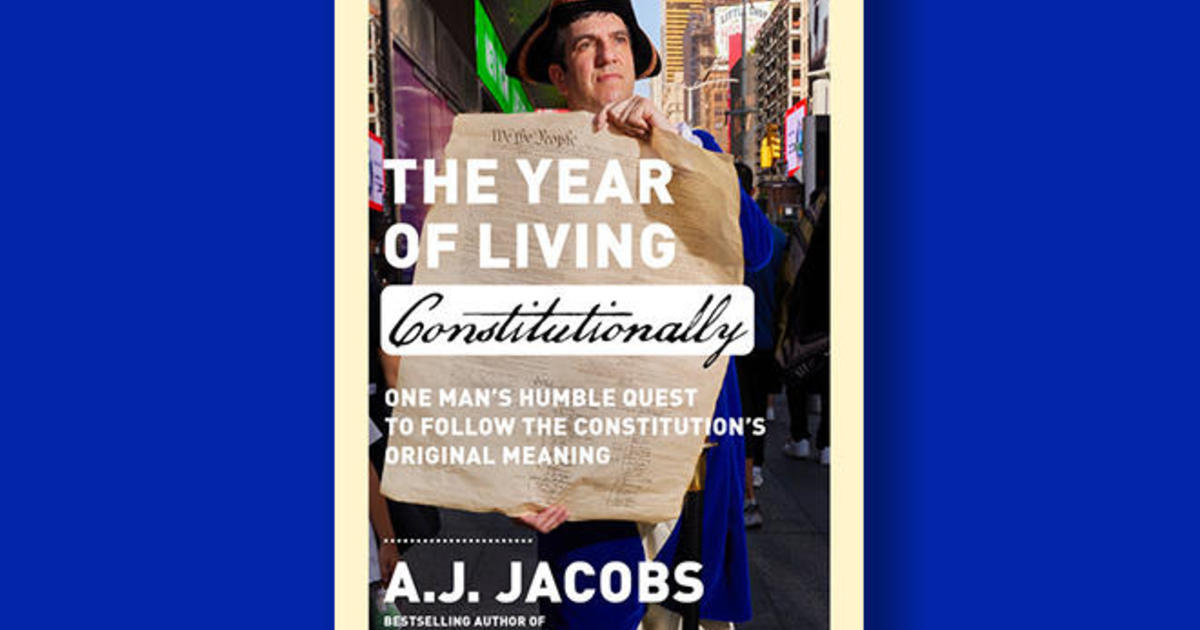Will investors see a "flat-year" phenomenon?
The financial media is a great, if unintentional, source of entertainment -- provided you know how to assess the welter of facts, half-truths, bald-faced lies, and scurrilous rumors continuously circulating in that world. Needing, as ever, to hold investors' attention, journalists seem to latch onto virtually any story and try to infuse it with meaning. (CNBC even has astrologer Arch Crawford on occasionally to share his prognostications.) Their stories provide me with fodder for my books and this blog.
Here is one piece of "insight" I recently picked up while watching CNBC over breakfast. The host noted that the S&P 500 Index ended 2011 virtually unchanged. When you add dividends, the return was just over 2 percent. The reporter then noted that great market years often follow flat markets. She asked the guest "guru" about that trend, and said guru confirmed it, implying that 2012 was likely to be a great year for investors.
When I hear such claims, I like to go to my trusty videotape to check the data. If we think of a "flat" year as one with total returns between -3 percent and +3 percent, only five such years for the S&P 500 Index between 1926 and 2010 meet that definition. Below are the total investment returns for the years that immediately followed:
While the average return in the year following a flat year was 31 percent, you shouldn't give this data any weight. One reason is that we just don't have enough data points -- the sample size is too small.
The other reason involves simple math. Since we know today that the S&P 500 has provided an average annual return of about 11.8 percent, and we're only looking at years with returns well below that level, then the remaining 80 years in the period must have delivered even higher returns than 11.8 percent.
Of course, that outcome wasn't preordained; an alternate universe could have shown up. In other words, stock-price patterns that were meaningful in the past aren't necessarily useful for predicting the future. As Andrew Lo, a finance professor at MIT, has pointed out: "Given enough time, enough attempts, and enough imagination, almost any pattern can be teased out of any data set."
Nobel Laureate psychologist Daniel Kahneman (one of the founders of behavioral economics) demonstrates in his book, Thinking, Fast and Slow, that people are virtually "hard-wired" to make mistakes, such as extrapolating falsely from small samples and seeing patterns where none exist. Among the keys to being a successful investor are to be aware of such cognitive biases and to avoid making the 77 mistakes described in Investment Mistakes Even Smart Investors Make.




